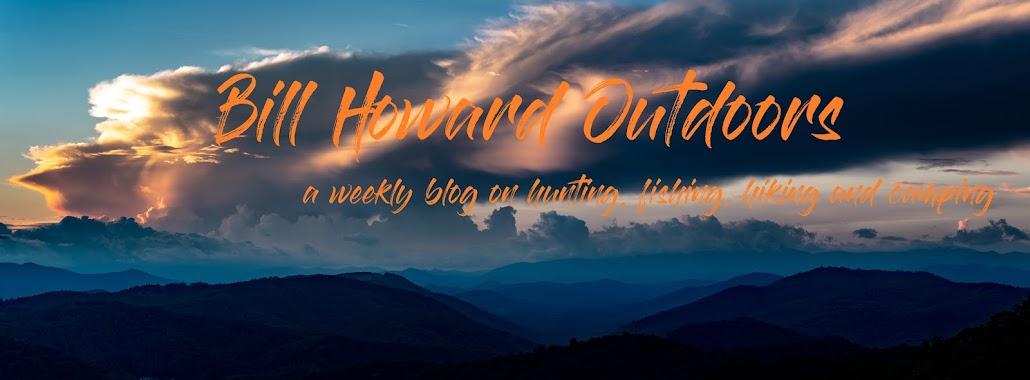Middle of July. The summer is pounding away with searing heat. The gnats, mosquitoes, and biting bugs are having a feast on you every time you go outside. But, the work must be done.
This is the prime time to get those cameras out in the fields and woods to see what may be hanging around. Deer season is less than two months away. Yes, only two months. It is imperative to start scouting if you have not already begun.
The deer are usually out in daylight, searching the fields for grazing spots on fresh soft vegetation. In the evening, they are even more plentiful. The bucks are not worried about what may be lurking and are gathered in their batchelor groups as they comb the areas for nutrients to help in the development of their growing headgear.
After all, hunters are not the only ones excited about seeing large antlers spreading from the skull of a deer. Bucks with the largest are the most dominant, and they want to establish themselves as the alpha in order to pick their choice of females later during the year.
As they are in feeding mode, the deer tend to stay in the area and make it home until the batchelor groups break up. Once that happens, the bucks will disperse and establish their own territories.
The secret is finding where the deer are. Look for tracks along the edges of fields and wood lines. This is where you set up the cameras. The deer are coming out there and heading straight for the food sources. Because this is not necessarily where you will hunt come opening day, you do not have to worry about finding the times they are coming through.
It does help to lay some type of attractant in front of the camera though. You do not want to catch the tail end of the deer walking to the field or hard angles where you cannot tell exactly how big the deer is. Corn remains the best way to stop a deer. Even if the deer does not stop and graze on the corn, it will be enough to slow him down and have him hang there for more than a few fleeting seconds, giving the camera time to do its job.
Things to be careful of are where the camera is set up in accordance with sunrise and sunset. A direct line towards the sunrise or sunset will ruin a shot, especially if using an infrared camera. Even the flash camera can be fooled and you end up with a dark shot or a completely white screen. For this reason, a north or south facing camera is best. But again, if there are no tracks near there, the camera will be useless. The only way to get a picture of a deer, is to have deer there.
After you check the images, you will have an idea of what has made it through another hunting season and you can start making a hit list. This will be when you fine tune where the camera is set up so you can catch the unexpecting giant on opening day. We will cover this set up in a later column as the season approaches.

No comments:
Post a Comment